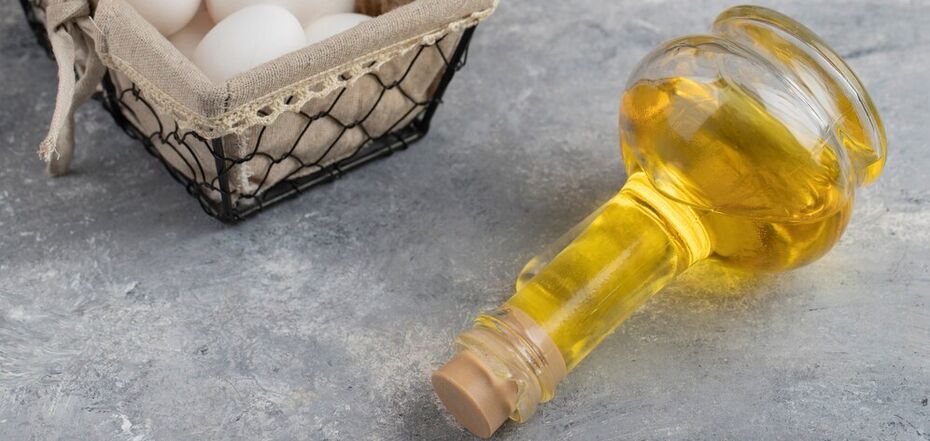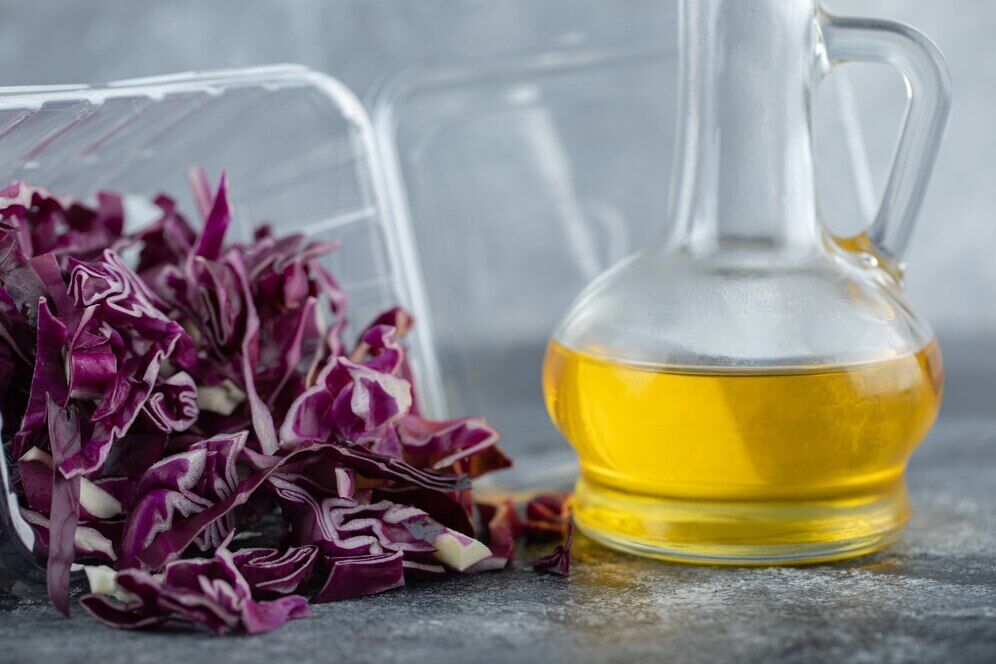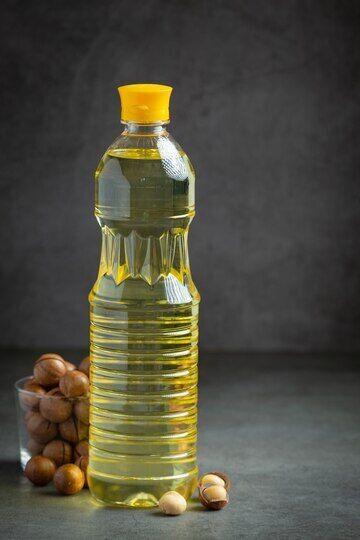News
Where not to store sunflower oil: it will simply spoil
Sunflower oil is one of the most popular products in the kitchen, but many people store it incorrectly. As a result, it quickly spoils, losing its freshness, flavor, and beneficial properties. It is especially important to store an open bottle properly, as contact with oxygen accelerates oxidation processes. Some places that seem convenient for storage are actually the worst.
FoodOboz editorial team offers to find out where it is better not to leave sunflower oil. If you follow these tips, the product will remain of high quality for a long time.
Where not to store oil
Near the stove. Many housewives keep oil on the kitchen table or next to the stove so that it is at hand while cooking. This is a big mistake! High temperature accelerates the oxidation and spoilage of the product. The oil can quickly become rancid and lose its flavor.
On an open shelf. Direct sunlight is also harmful to sunflower oil. Light destroys nutrients, including vitamin E, and oil itself begins to soil faster. It is better not to leave an open bottle even in a darkened part of the kitchen.
In a warm kitchen cabinet. While many people store oil in a cabinet, it is important to consider the temperature in that location. If the cabinet is located near an oven or radiator, the heat can negatively affect the quality of the product. It is best to choose cool, dark places to store closed bottles.
How to store sunflower oil properly
- The refrigerator is the best place for an open bottle. It is best to keep it on the refrigerator door, where the temperature remains stable but not too low. This helps slow down the chemical reactions that lead to oil spoilage.
- In a dark place - if the bottle is not yet opened, it can be stored in a kitchen cabinet, away from heat and light. The temperature in this place should be between 8-17°C.
- In a tightly closed container - after each use, oil must be tightly closed to limit contact with air. As we said earlier, oxygen triggers oxidation processes that negatively affect the quality of the product.































